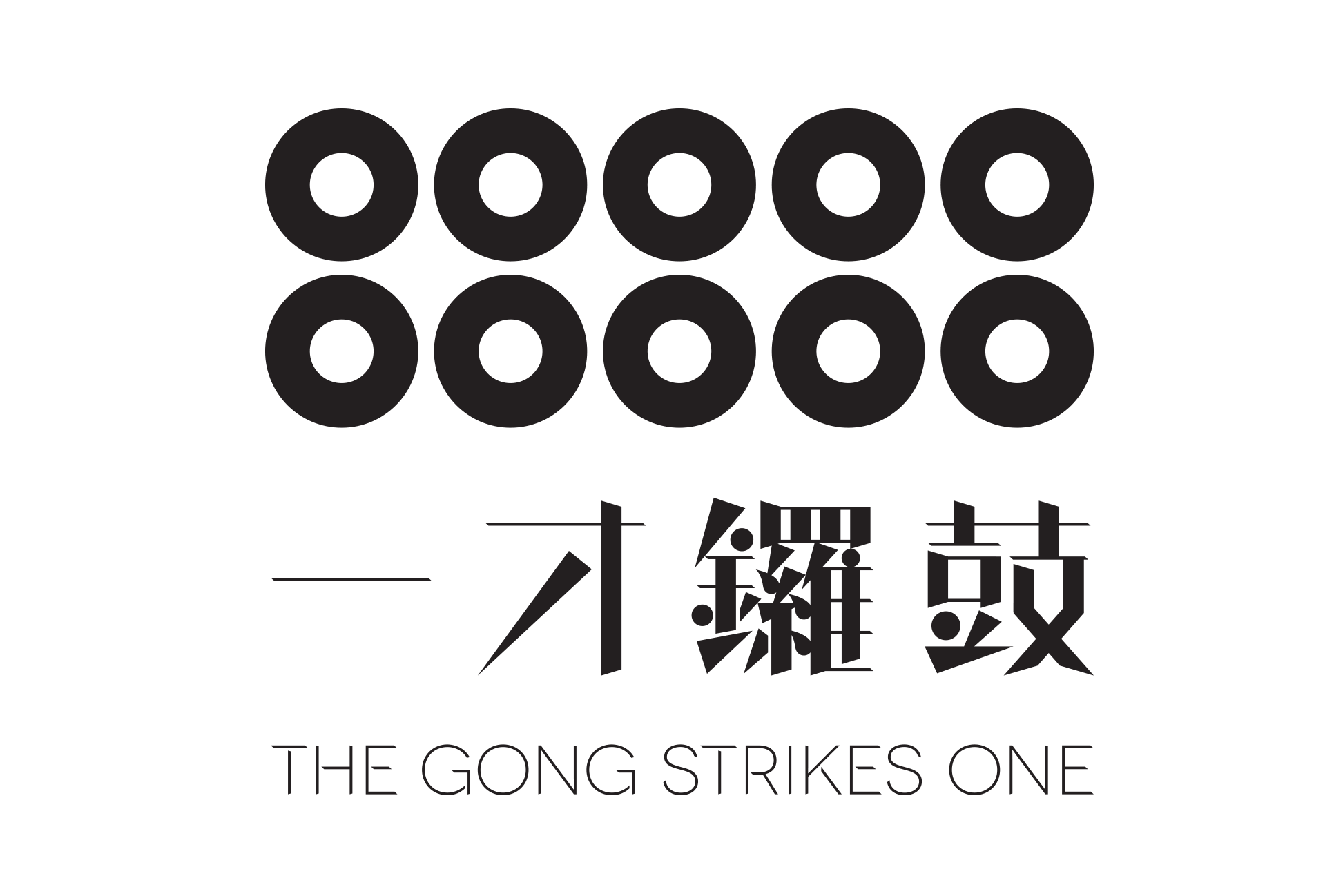主辦 | Presented by:
香港中文大學文物館Art Museum, CUHK
《廣東畫廣東話・說唱解畫》一連四回,精選《廣納百川:明至清中期廣東書畫選》第二期展覽之書畫作品,配上地道廣東說唱曲藝,由文物館副研究員及《廣納百川》策展人何碧琪博士聯同藝團 #一才鑼鼓 為大家說唱解畫,誠邀各位一邊觀畫,一邊聽曲,一同回到清代中葉廣東的文藝世紀。
- 撰曲、說唱:陳志江
- 解畫:何碧琪博士
- 箏:李勁持
- 椰胡:李國墇
- 錄音及混音:陳衍昊
- 攝製:香港中文大學視聽製作部
“Ballads of Ink from Canton” is a series of four traditional Cantonese narrative song performances inspired by the exhibition 𝘈𝘳𝘵𝘪𝘴𝘵𝘪𝘤 𝘊𝘰𝘯𝘧𝘭𝘶𝘦𝘯𝘤𝘦 𝘪𝘯 𝘎𝘶𝘢𝘯𝘨𝘥𝘰𝘯𝘨: 𝘚𝘦𝘭𝘦𝘤𝘵𝘦𝘥 𝘗𝘢𝘪𝘯𝘵𝘪𝘯𝘨 𝘢𝘯𝘥 𝘊𝘢𝘭𝘭𝘪𝘨𝘳𝘢𝘱𝘩𝘺 𝘧𝘳𝘰𝘮 𝘔𝘪𝘯𝘨 𝘵𝘰 𝘔𝘪𝘥-𝘘𝘪𝘯𝘨 𝘊𝘩𝘪𝘯𝘢 (Phase II: Qing Dynasty). Jointly presented by Dr. Peggy Ho (Research Associate, Art Museum, CUHK and curator of “Artistic Confluence”) and The Gong Strikes One, the performances invite viewers to travel back in time and enjoy Guangdong’s century of arts and culture with a visual and aural feast full of Guangdong flavors.
- Lyrics, Narration & Vocal: Kong Chan
- Painting Interpretation: Dr. Peggy Ho
- Zheng: King-chi Lee
- Yehu: Kwok-cheung Lee
- Recording & Mixing: Bu Hin-hou Chan
- Video Production: CUAV
第一回:新雷第一聲 —— 清代中葉的廣東文藝世紀
第一回開唱,借用張維屏之《新雷》作定場詩,最末三字用打引腔唱出;打引腔常用於粵劇人物上場詩白,在此寓意一批廣東書畫家在清代中葉登場。唱出廣東在經歷清初動盪後,迎來人才滙聚的文藝世紀。最後用眾位文人雅士、書畫名家之姓名拼成一闋南音,正是千紅萬紫,各有千秋。
Episode 1: First Thunder
The performance starts with Zhang Weiping’s poem “First Thunder”. The last phrase of this poem is sung in a melismatic style often sung by a character at his/her entrance in Cantonese Opera, which echoes with the emergence of Guangdong painters and calligraphers from the earlier upheavals and turmoil of the region. After singing the story of the arrival of an artistic golden age in Mid-Qing Guangdong, names of prominent artists are incorporated in another verse of 𝘯𝘢𝘢𝘮𝘺𝘢𝘮, demonstrating the blooming of talents during this period.
第二回:蘇六朋《羅浮山市圖》的地道風情
上回說到清代中葉廣東書畫名家輩出,今回且來欣賞其中一位名家蘇六朋的作品《羅浮山市圖》。此畫有山水也有人物,寫的是山水之間平民百姓的日常活動。今回的南音唱得比一般慢板南音還要慢,行腔與拍和亦極為簡約,直至樂曲中段才略為加花加快,配襯此畫由上而下從幽靜的山峰漸漸轉到生動的人物活動之佈局。
Episode 2: Rustic Flavors
In the previous episode, we have talked about the emergence of famous painters and calligraphers in mid-Qing Guangdong. In this episode, we will take a closer look at a work by one of the masters. 𝘛𝘩𝘦 𝘔𝘢𝘳𝘬𝘦𝘵 𝘰𝘯 𝘓𝘶𝘰𝘧𝘶 𝘔𝘰𝘶𝘯𝘵𝘢𝘪𝘯 by Su Liupeng is a landscape painting that portrays the activities of the local folks. The 𝘯𝘢𝘢𝘮𝘺𝘢𝘮 in this episode is sung in an exceptionally slow tempo, while both the vocal line and the accompaniment are performed in a minimal manner. The tempo only slightly accelerates in the middle of the piece with modest ornamentation. Such musical arrangement corresponds to the composition of this painting, which gradually changes from tranquil mountain peaks to lively local scenes when viewed from top to bottom.
第三回:仿古與破格 —— 黎簡與謝蘭生
第三回的主題是黎簡和謝蘭生 兩位名家,他們的仿古畫作富有新意,故此今回的南音 也特意在傳統唱法之上增添新鮮感——輕快流暢的南音,結合由策展人何碧琪博士創作並以「數白欖」方式念岀的打油詩,念岀時以南音伴奏法拍和,兩種傳統廣東說唱,共冶一爐,使傳統的曲調聽來新穎。
Episode 3: Re-interpreting the Classics
In episode 3, we will sing about two other masters: Li Jian and Xie Lansheng, both of whom showed innovation when they imitated and reinterpreted the earlier canonical masters. In line with that spirit, this episode blends playful Cantonese poems delivered in the style of baaklaam with naamyam sung in a lively tempo, bringing freshness to both types of Cantonese narrative songs.
第四回:仿古與破格 —— 蘇仁山《細筆山水》
上回提到在清代廣東甚得文人喜愛的粵謳,今回就來為蘇仁山的《細筆山水》配上一曲仿粵謳。粵謳自二十世紀初已漸成絕唱,幸而清代以來的曲詞仍流傳於世。其曲詞用廣東話書寫,通俗隨性,而從僅存的錄音、樂譜和文字記錄可知粵謳過門長,拉腔也多,是以慢見稱的曲種。蘇仁山的《細筆山水》由無數細緻的墨點構成一幅山水畫,正好與細膩的粵謳互相輝映,也借此曲仿粵謳向廣東書畫家仿古而不墨守成規的精神致敬。
Episode 4: Refreshing Tradition
In the previous episode, we mentioned 𝘫𝘺𝘶𝘵𝘯𝘨𝘢𝘶, a type of Cantonese narrative song popular among the literati in mid-Qing Guangdong. In this final episode, a newly written song in the style of 𝘫𝘺𝘶𝘵𝘯𝘨𝘢𝘶 is sung to celebrate Su Renshan’s 𝘓𝘢𝘯𝘥𝘴𝘤𝘢𝘱𝘦 𝘸𝘪𝘵𝘩 𝘍𝘪𝘯𝘦 𝘚𝘵𝘳𝘰𝘬𝘦𝘴. Although 𝘫𝘺𝘶𝘵𝘯𝘨𝘢𝘶 has very much become obsolete since early 20th century, numerous lyrics written in colloquial Cantonese dated as early as the Qing dynasty were preserved. From the few extant recordings, music scores and textual records, we know that this song type is known for its long interludes, long melismatic vocal lines and slow tempo. Su’s 𝘓𝘢𝘯𝘥𝘴𝘤𝘢𝘱𝘦 𝘸𝘪𝘵𝘩 𝘍𝘪𝘯𝘦 𝘚𝘵𝘳𝘰𝘬𝘦𝘴 is a perfect match for this song type as both display spectacular fineness and details. This last episode pays tribute to the Guangdong painters and calligraphers who inherited traditions creatively.
